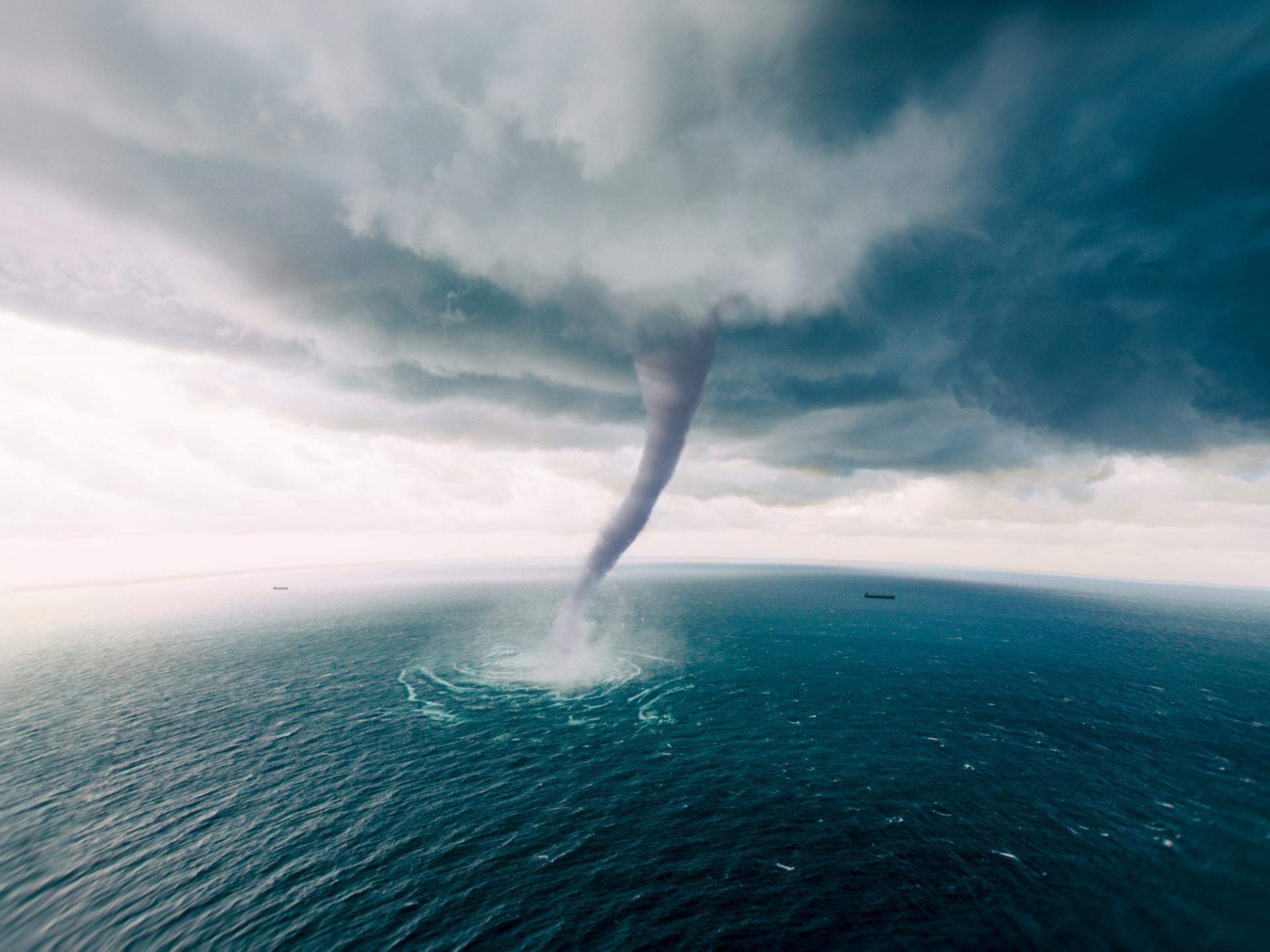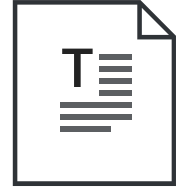As the final day of November 2020 drew to a close, businesses and homeowners in America’s south-eastern coastal region breathed a sigh of relief. The most active Atlantic storm season since 1916 was over. During what must have seemed like a long six months, 30 named storms barrelled across the warm Caribbean waters, 12 of which made landfall in the United States (US).
While it is still too early to count the exact cost of the damage caused, a single storm such as the deadly and destructive Hurricane Laura, which made landfall in the US in August 2020, is estimated to have caused between USD10 to 13 billion of claims. In total this puts the annual modelled average loss from catastrophes worldwide at nearly USD100 billion.
For insureds facing the potential of increasingly violent Atlantic storm seasons or wildfires, the knowledge that their insurer is standing by to handle any resulting claims as quickly as possible offers some comfort. The faster a payment can be made and operations restored, the better.
All insurers have catastrophe readiness plans in place. But at Liberty Specialty Markets, we increasingly felt that we wanted to do more for our clients.
Seizing opportunities to improve catastrophe claim management
With new technology emerging all the time, we could see opportunities were arising to improve our management of catastrophe claims. The challenge was to harness this technology in a practical and beneficial manner, that would enable us to offer assistance to clients, both before and after an event, without unnecessarily increasing costs.
Our new Advance CAT Response service tested during this Atlantic storm season, has introduced changes to the way we work right from the outset, at the pre-event stage. We still contact clients and brokers in advance, but now, once we’ve identified that a major storm or hurricane is tracking towards insured risks, we work closely with our exposure management team to identify those policies which could be affected and identify precisely where they are in relation to the storm’s track. Emails are then sent to our broker partners and clients to alert them to the situation, providing loss mitigation tips based on the type of risk.
As part of our Advance CAT Response, once a storm is on the move, we will also pre-nominate a firm of loss adjusters to handle any resulting claims. This can be a huge timesaver for the client – should any damage occur, they have the contact information to hand and can contact the loss adjuster directly without first having to go through our claims team.
For example, due to the extensive flooding that followed Hurricane Eta and Iota, which affected Honduras, we immediately supported our clients by appointing a specialist US restoration company to mitigate water damage. This action was welcomed by brokers and clients alike, as it helped to bring about a faster resumption of their operations.
Alternatively, if we are acting for a cover holder or we have a third-party administrator handling claims, we can raise their settlement authority to ensure that the people closest to the client have the necessary authority to deal with the situation.
Our teams and departments liaise in advance in order to prepare for any claims that may arise as a result of a CAT event. The key for us is to add value at the time when it’s needed most. Any actions that can be taken or approved ahead of time are considered.
Eyes in the skies
The next major innovation in our Advance CAT Response comes after the loss has occurred. Once the storm has moved on, our strategic partnerships with aerial imaging specialists and intelligence firms means that we can rapidly access before and after imagery of the affected area. By providing known risk locations before the event, our partners will respond to us within 24 hours of the catastrophe occurring, identifying which of our clients have suffered damage. This allows us to start handling the claim, even before we have been notified of a loss.
As part of LSM’s Advance CAT Response, the ability to quickly gain access to aerial imagery from planes, drones and satellites is a huge advance. One of our partners can provide us with access to CCTV footage. We can hire a drone, where necessary, in case we need more precise imagery or images over open water. We can even instruct a satellite to provide images of a particular area.
The claims team’s access to aerial and CCTV photography means that in some cases we do not need to dispatch loss adjusters to the site of the damage. If a building has been razed to the ground, that will be apparent from the imagery, enabling us to immediately authorise the payment of the claim. It’s worth noting that aerial imagery is also effective for all types of natural catastrophe such as flood surges and wildfires and can be accessed anywhere in the world.
Market response is positive
We regularly review our procedures and resources to ensure that we continue to provide the best claims service to our clients and customers. During 2020 it was clear that when our claims people from across the globe, work together and share their knowledge and experience in dealing with natural disasters, we can provide an agile response to every claim, anywhere in the world.
Brokers’ reaction to Advance CAT Response has been very positive. They have engaged with us, recognising that these measures help our mutual clients when they need it most, by enhancing the effect and speed of the process.
2020 has been the first year in which we’ve operated Advance CAT Response in its newest form, but all the indications are it’s proving a valuable tool for all concerned. For LSM, it marks a new way of thinking about how we manage some of the most devastating claims. For our clients, it’s another weapon in their arsenal against what is becoming an increasingly catdriven environment. As we all embrace the new normal, Advance CAT Response is a sensible step in an unpredictable world.


